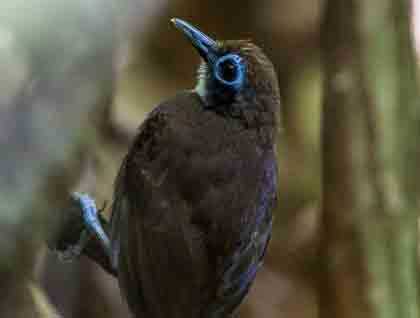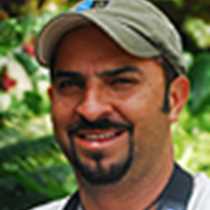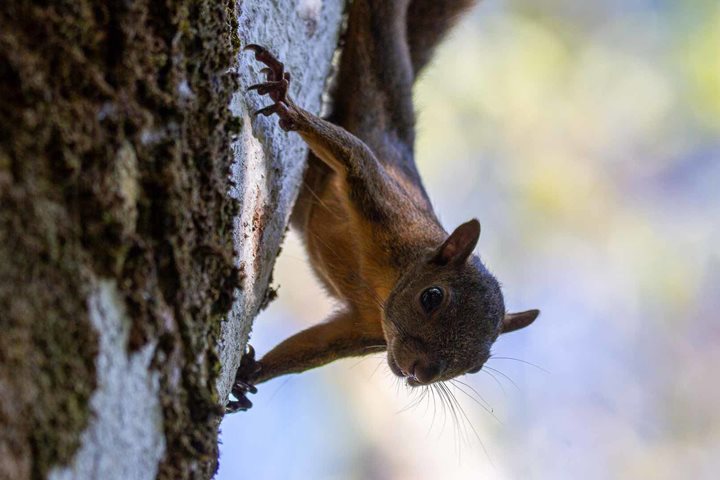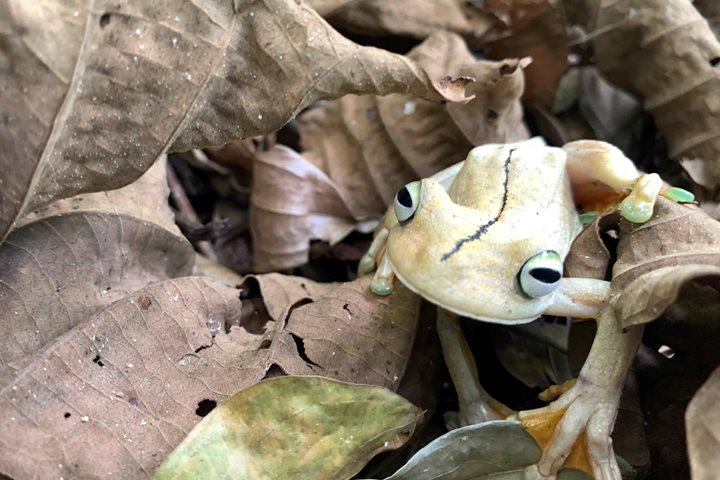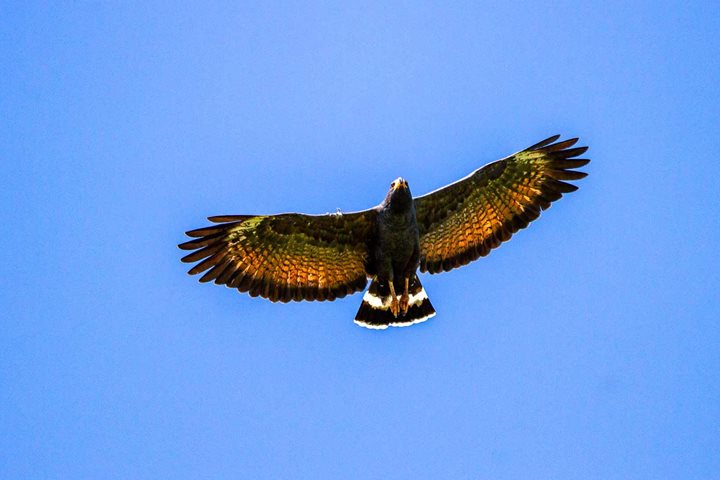This morning we walked in a wonderful private reserve called “Caletas,” on the Osa Peninsula. Here, Enrique, also known as “Bam-Bam,” the local owner, gave us a warm welcome. After a wet landing, some of us enjoyed a nice horseback ride along the beach; others took either a long or a short hike in the forest, searching for wildlife. We were delighted by the sounds of the forest, especially the cicadas, which gave us a great concert.
During our hike, we saw on the ground a colony of leafcutter ants with workers carrying pieces of leaves to their nest. Suddenly, we spotted a beautiful bicolored antbird; their name is due to the fact that they follow army ants and eat the insects that escape from these aggressive ants. When we returned from our exploration, scarlet macaws and toucans leaned out to greet us and we celebrated with a nice barbecue on the beach, where some of the locals showed off their handicrafts.
In the evening, National Geographic Sea Lion moved to Corcovado National Park, where the blue and the green come together. This national park on the Osa Peninsula, in southwestern Costa Rica (9° N, 83° W), is one of the largest national parks in Costa Rica, and it is also considered the jewel of the extensive system of national parks and biological reserves spread across the country.
We came ashore at San Pedrillo Ranger Station where we enjoyed two different hikes, one on a flat trail to Pargo River and the other to the waterfall, where we enjoyed a nice and refreshing swim. Right before getting to the waterfall, we saw a pregnant spider monkey together with another young monkey, eating on top of a large tree in the interior of the forest. Along the Pargo Trail, unnoticed by most of us, a nice pug-nosed anole lizard was sitting camouflaged in the bushes, watching up pass by. Later, a troop of howler monkeys met us before we left the park.
Right before we anchored in Drake Bay to spend the night, a spectacular sunset made the end of our day very special.

